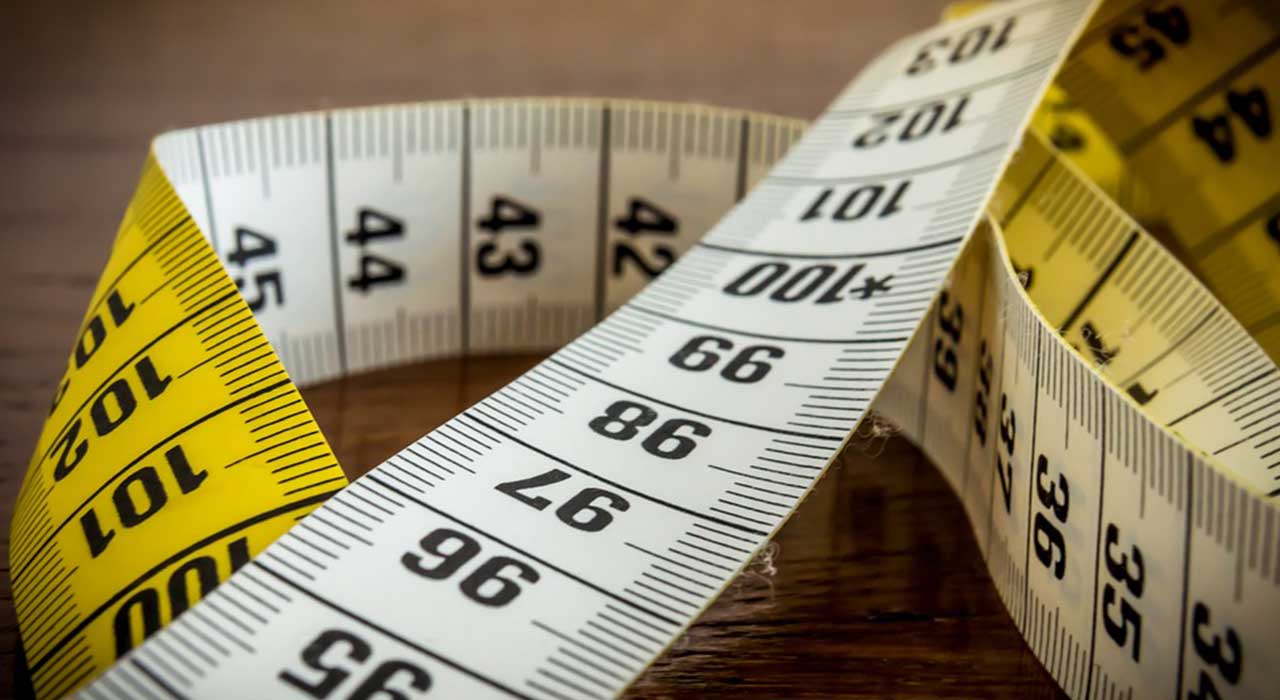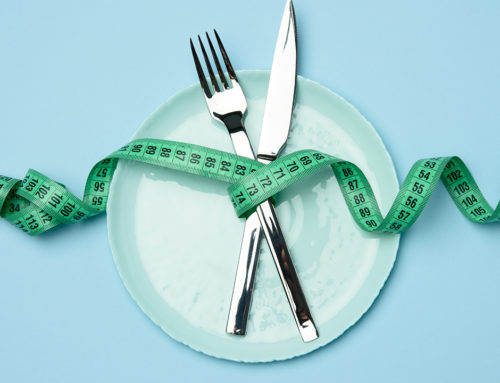Your body hates change. It will fight tooth and nail whenever you try to deviate from your normal bodyweight, especially when cutting calories for weight loss is the goal.
Part of the reason being, it views extended periods of dieting for fat loss as it would a fight or flight situation. A drop in calories initiates an adaptive response that sets off actions to counteract the energy imbalance that comes from a lowered caloric intake.
How will it affect you?
The severity of this adaptive response is different for each individual because the body’s response to a fat loss diet is often determined on factors unique to an individual. What’s more, the severity of this response increases in direct proportion to the duration of the diet. In other words, the longer you diet the less body fat you will lose.
The length of time people diet plays a significant role in why they have difficulty losing that final layer of fat. However, it is not the only the reason. The majority of the time people hinder their progress without realizing it. So the inevitable question is what are you doing that’s curtailing your progress, and what can you do to lose that last layer of fat?
What happens to your body?
This is the change your body undergoes as a result of cutting calories. In an effort to correct the energy imbalance that comes from dieting, several measures are taken to slow down energy expenditure.
The longer the fat-loss diet progresses, the stronger these adaptations get. Yes, this means your metabolism gets slower so you lose less and less body fat as the amount of time you diet increases.
Your current level of conditioning also plays a significant role in how strong the body responds to a fat-loss diet.
So a guy who starts one relatively lean will experience a stronger adaptation response and as a result greater metabolic slow down sooner than the guy who started his fat-loss diet relatively obese. In other words, the person’s current body fat level at the time they start dieting plays a significant role on the rate of fat loss.
As an example, the guy who starts out at 25 % body fat will lose fat faster than one starting out at 15%, who in turn will lose body fat faster than someone at 10%.
More often than not, all three will eventually experience a stall in progress, which creates difficulty in removing the last layer of fat. However, the person who’s leaner will experience the stall sooner and the one who starts out at a higher level will experience it later. To mitigate this response, it’s worth keeping your calories as high as you can while losing weight before cutting calories as a last resort only when your fat loss completely stalls.
Find nutrition advice and more in every issue of TRAIN magazine







